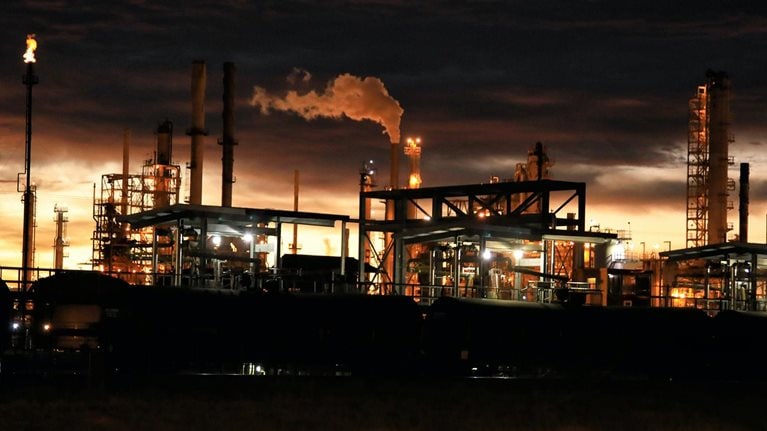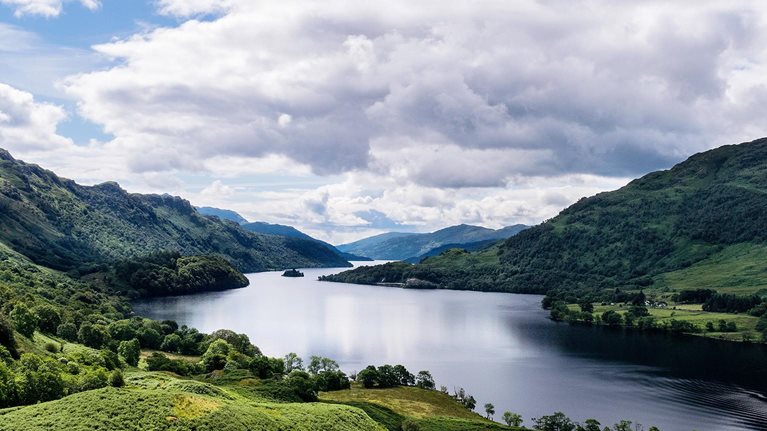In an evolving industry, economy, and climate, new risks are coming to the forefront—and infrastructure and construction CEOs need to make sure their companies are prepared. Construction contractors should account for risks—everything from talent and data privacy to the supply chain and the natural environment—sooner rather than later. The question is how to do so effectively.
We spoke with Tariq Taherbhai, COO of global construction and infrastructure at Aon, about what CEOs should have on their horizons as they navigate the years to come, from assessing the risks posed by suppliers and subcontractors to dealing with volatile climatic events in large construction projects.
McKinsey: Let’s start with a 50,000-foot view of the factors driving complexity in construction and infrastructure today. What are three things that should be at the top of every CEO’s risk agenda?
Tariq Taherbhai: There are so many risks that CEOs rightly spend time worrying about that it’s a disservice to all of them to boil down a list to just three. That being said, I’ll try. Reflecting on everything going on in the world today, the three risks that are top of mind revolve around talent, macroeconomic conditions, and climate change.
As megaprojects increasingly proliferate, the ability to execute successfully at scale is of paramount importance. On a large project, a small error can have significant consequences. As a result of this heightened risk profile, leaders need personnel who are best suited to the tasks at hand. For example, on a multibillion-dollar project, a company might be responsible for allocating hundreds of millions of dollars every month. The skills and expertise to manage such large amounts of people and capital inflows and outflows are typically found in C-suite executives. Thus, it’s imperative that project executives, although not necessarily part of the C-suite, are trained appropriately.1
Given that economic growth appears to be slowing because of inflation,2 another critical item that should be on every CEO’s agenda is ensuring that the company has a full understanding of the financial health of key partners and suppliers.3 As macroeconomic and geopolitical conditions continue to be volatile and uncertain, companies must assess and plan for the risks they face if, for instance, one of their subcontractors or suppliers defaults. Ideally, CEOs can ensure that the company has a plan for how it will react and persevere if a key supplier or subcontractor fails on any one project.
In addition, periods of inflation require leaders to ensure that their risk capital partners have an accurate and up-to-date understanding of their companies’ financial situation. The balance sheet protection provided by risk capital partners is effective only if the disclosed valuations are reflective of current pricing. Outdated valuations may leave businesses underinsured and therefore subject to greater financial volatility.
Finally, the risk of a warming climate must influence a CEO’s strategic decision making.4 Societies are demanding commitments from businesses to achieve net-zero greenhouse-gas emissions,5 and it’s incumbent on leaders to define their net-zero strategies before other industry stakeholders—such as customers, governments, communities, lenders, or insurers—demand it from them on terms that are inconsistent with the CEO’s strategy.
McKinsey: How is technology helping to mitigate some of these risks and uncertainties? Can you point to one or two specific examples of digital innovation?
Tariq Taherbhai: Some of the most impactful technology is helping to mitigate project risk and also helping to make construction company operations more efficient. An area of digital innovation that has been quickly embraced by the industry is the adoption of Internet of Things [IoT] sensors and other forms of real-time data capturing on project sites. The adoption of such technologies helps create a record of construction data that is now being effectively used to help companies assess the quality of work, protect workers, and even assist with regulatory conversations. In coming years, we expect certain data from construction sites to be shared directly with capital providers and other construction industry partners, thereby improving efficiencies throughout the construction process.
McKinsey: How are construction and infrastructure leaders integrating climate risk assessment and mitigation across their organizations? What are the key challenges in embedding climate-related considerations into a project?
Tariq Taherbhai: There is perhaps no greater and more visible manifestation of climate risk in action than the impact a warming climate has on the built environment. From the heartbreaking damage caused to structures, homes, and entire communities from worsening floods, fires, and droughts to the significant amount of funds spent on rebuilding after damage has occurred, the impact of a warming climate is manifestly visible.
In response, construction and infrastructure leaders are redesigning many aspects of their construction operations. For example, hotter days mean fewer summer outdoor working hours for site workers. Landslides and road closures caused by floods and wildfires mean that companies need to account for contingencies and even potential redundancies in their logistics and inventory planning. And, given that the impacts of climate change are now arguably foreseeable, construction leaders need to consider how to incorporate resiliency and sustainability into their projects. This means considering which materials and construction techniques will allow structures to better adapt to a more volatile climate.
A key challenge for all businesses is the consideration of just how much risk to plan for given the costs associated with such planning. Although companies will decide how much risk to bear based on multiple factors, we encourage firms to access the latest climate risk models when making such decisions, especially for projects being constructed in natural catastrophe–exposed areas of the world.
McKinsey: In your view, is the industry doing enough to prioritize cybersecurity and data privacy when it comes to deploying digital construction and operations solutions?6 What more could—or should—leaders be doing?
Tariq Taherbhai: The industry has made significant strides in terms of providing solutions for cybersecurity and to safeguard data privacy, yet a key concern is the cyberrisk created by the proliferation of IoT sensors and other connected construction technologies. A large construction project can have hundreds of workers on site at any one time accessing and sharing information, which means leaders need to consider all the ways that their own operations are at risk from malicious actors taking advantage of less-secure connections.
By this time, it’s expected that all leaders have put their operations through a complete cyberrisk assessment and have also purchased adequate cyber-insurance limits to ensure that they have access to liquidity in the case of a cyber event. That said, my view is that companies could be doing more to probe the security postures of their counterparties. Since a contractor has potentially dozens of counterparties on any specific project, such as the process a contractor will use to assess the financial health of its subcontractors, we encourage contractors to engage in a similar process to assess the cybersecurity posture of its subcontractors and other counterparties.
Given that the contractor will be ultimately held responsible for any incident that might occur on a construction project, folding in counterparty cyberrisk assessments is essential. All the connections between individuals on construction projects represent points of vulnerability, and so we would encourage leaders to focus on understanding and securing those.
McKinsey: Supply chain disruptions were a defining factor of 2021 and 2022. One Aon study found that 84 percent of CFOs identify this as a priority concern for 2022.7 How do you see this playing out in the years to come? What actions can construction leaders take to get ahead of continued volatility?
Tariq Taherbhai: Supply chain challenges continue to cause slowdowns and outright project delays. Although we expect broad-based demand to moderate because of slowing economies, thereby easing strain on the supply chain, we also expect volatility in the prices of construction inputs, especially as the price of energy fluctuates because of geopolitics.
We are advising leaders to ensure they build in as much lead time as possible into their schedules. In addition, we are seeing certain contractors push back against fixed-price, date-certain contracts, essentially transferring some supply chain risk back to the owner. Our view is that contracting models such as progressive design build and other collaborative contracting models will continue to gain prominence to reflect this movement. Finally, certain risk capital providers are innovating to help their clients manage this risk, and so we would recommend exploring capital solutions, including specific insurance solutions, targeted to help businesses manage their supply chain risk.
This article is part of Global Infrastructure Initiative’s Voices on Infrastructure.


